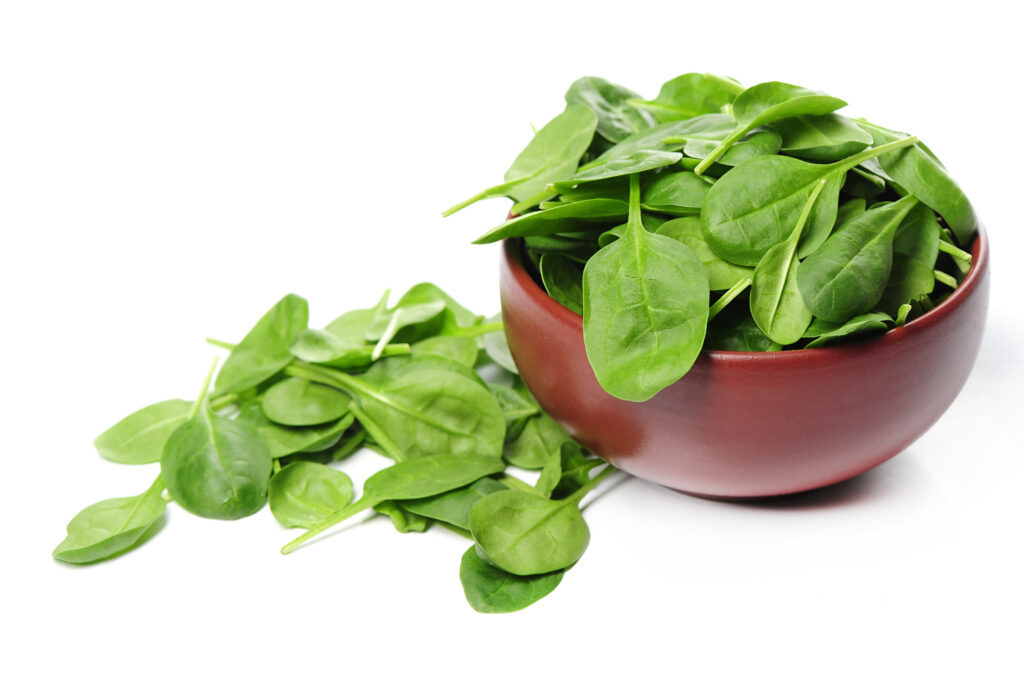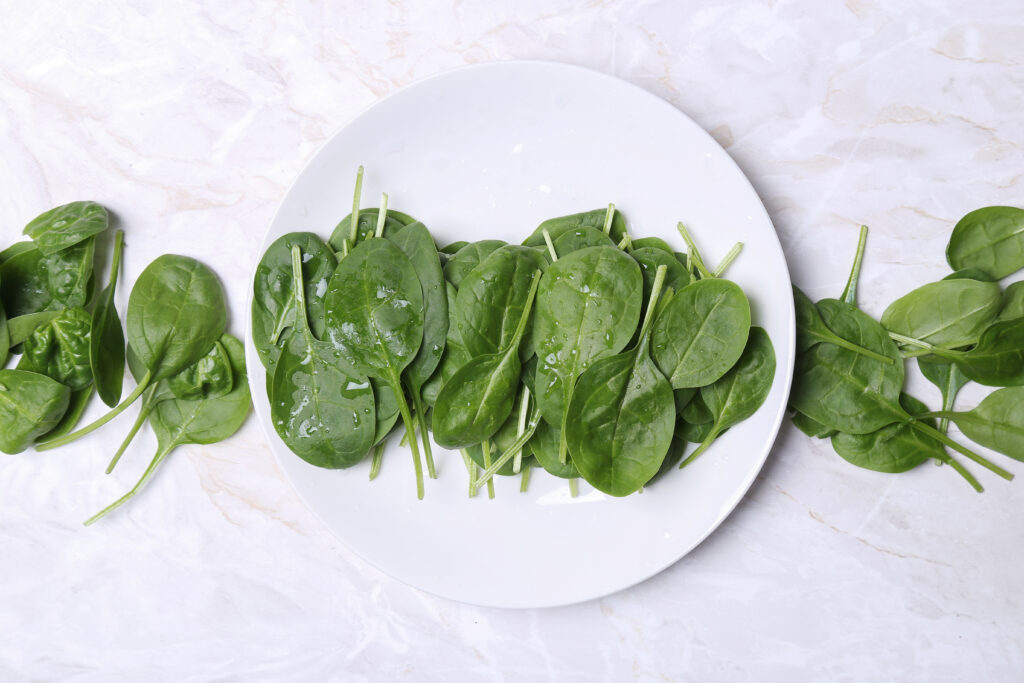I know it becomes sometime annoying to sort out spinach from its stem and bad parts. I used to do it with my grandmother in childhood. We used to do it at time of cooking and use just half of it. She, then, shared this method to store excess of spinach. Storing spinach in the freezer is a simple process. It helps preserve its freshness and nutritional value for an extended period. Here’s how you can freeze spinach properly:

- Wash and Blanch:
- Start by washing the spinach thoroughly under cold running water to remove any dirt or debris.
- Boil a pot of water and keep a large bowl of ice water on one side.
- Submerge the washed spinach in the boiling water for about 1-2 minutes (blanching). Blanching helps retain the spinach’s color, texture, and nutrients.
- Immediately transfer the blanched spinach to the ice water to stop the cooking process and cool it down quickly.
- Drain and Squeeze:
- Drain the cooled spinach in a colander to remove excess water.
- Gently squeeze the spinach in small batches to remove as much water as possible. Excess water can lead to freezer burn and reduce the spinach’s quality.
- Portion and Pack:
- Divide the blanched and squeezed spinach into almost small and equal portions that you are likely to use in recipes.
- Place each portion in airtight freezer-safe containers, freezer bags, or vacuum-sealed bags like zip-lock bags. Make sure to remove excess air as much as possible to prevent freezer burn.
- Label and Date:
- Label each container or bag with the contents (e.g., “Blanched Spinach”) and the date of freezing. This will help you keep track of the spinach’s freshness and rotation.
- Freeze:
- Place the containers or bags in the freezer, ensuring they are arranged flat to freeze quickly and evenly.
- Keep the freezer temperature at 0°F (-18°C) or lower for best results.
Frozen spinach can be stored for around 8-12 months. Ready to use it again? Simply remove the desired portion from the freezer and add it directly to your recipe. There’s absolutely no need to thaw frozen spinach before cooking, making it a convenient and versatile ingredient for various dishes like soups, stews, smoothies, and more.


